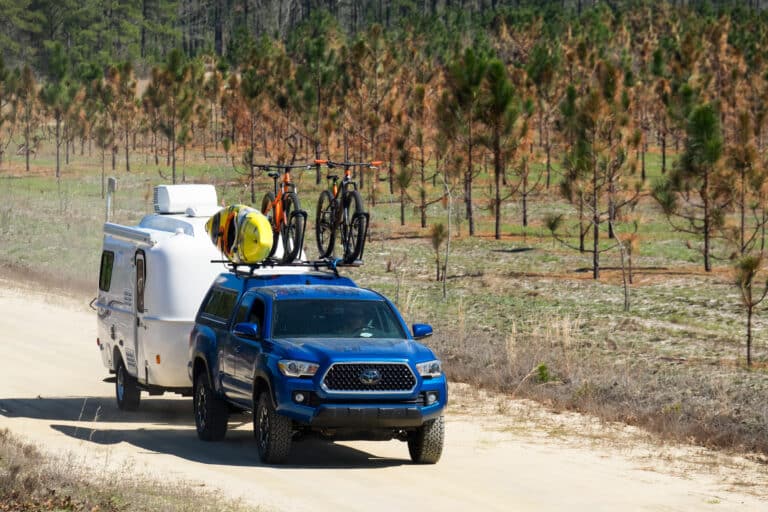New research by U.S. Forest Service Southern Research Station suggests the hemlock woolly adelgid is killing hemlock trees faster than expected in the southern Appalachians and rapidly altering the carbon cycle of these forests. Eastern hemlock, a keystone species in the streamside forests of the southern Appalachian region, is already experiencing widespread decline and mortality because of hemlock woolly adelgid (a tiny nonnative insect) infestation. The pest has the potential to kill most of the region’s hemlock trees within the next decade. As a native evergreen, the hemlock plays an important role in the ecology and hydrology of mountain ecosystems. Hemlock forests provide critical habitat for birds and other animals; their shade helps maintain the cool water temperatures required by trout and other aquatic organisms in mountain streams.
The study suggest that infrequent frigid winter temperatures in the southern Appalachians may not be enough to suppress adelgid populations. The researchers believe this could be one explanation of why infested hemlocks appear to be declining faster in the South than in the Northeast. The study also notes that other tree species are quick to occupy the space given up by their dying hemlock neighbors, which could drastically alter the composition of Southern forests in the near future.
Find out more here.







